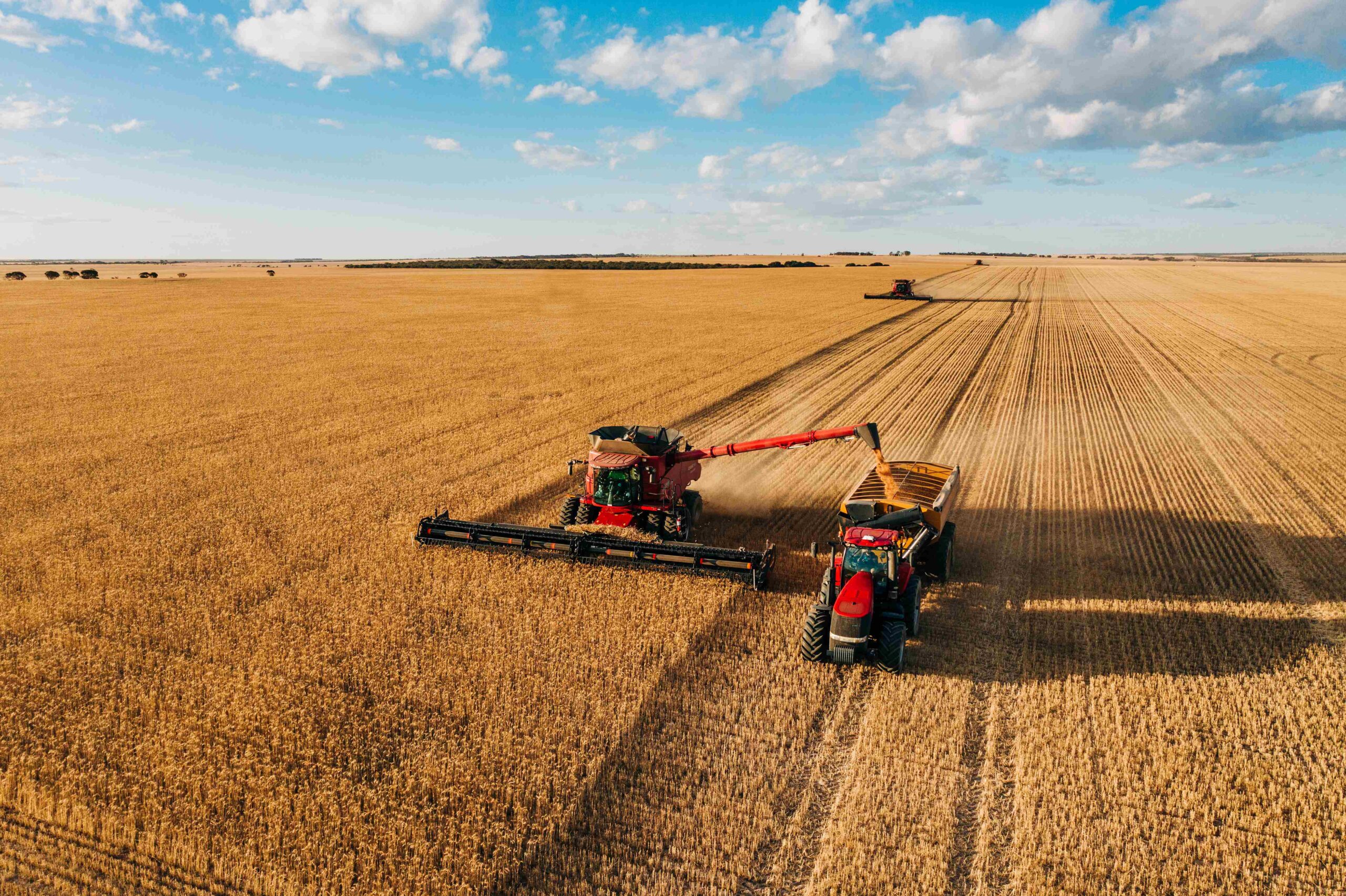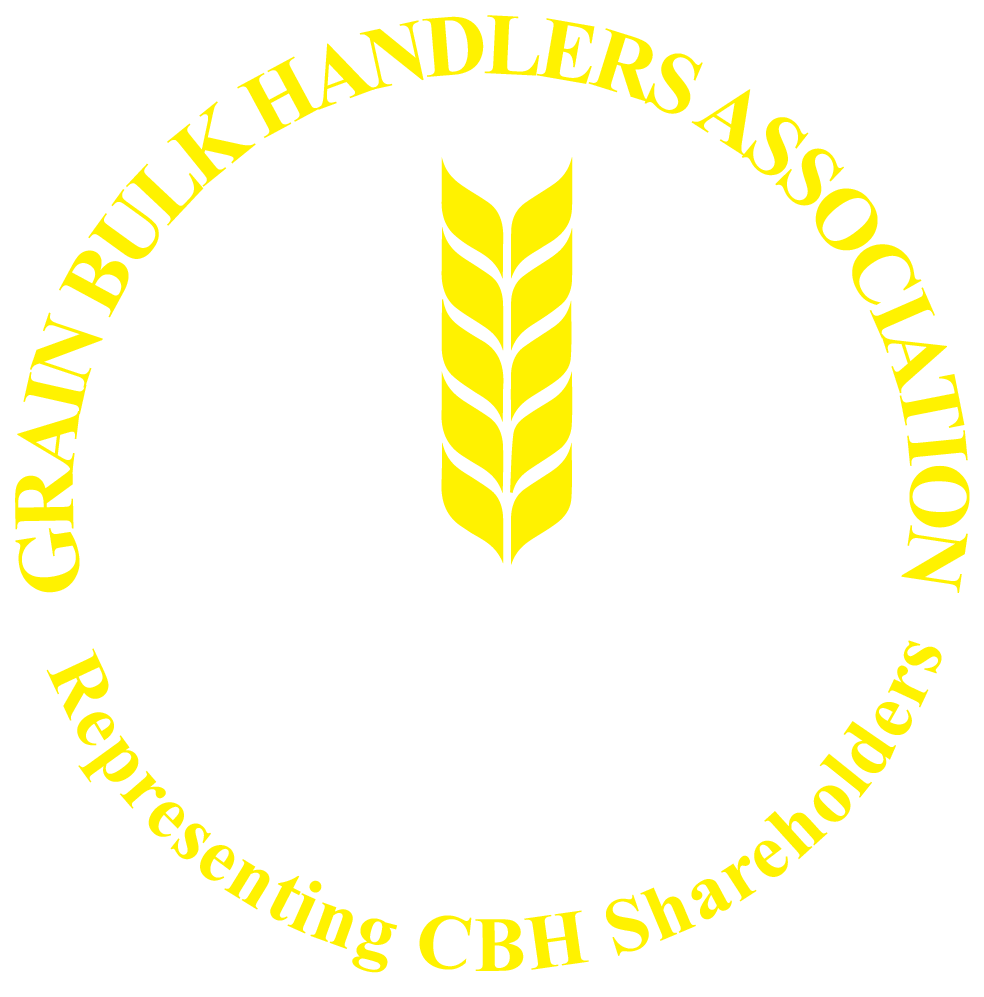A problem of even greater concern is the inability to deliver enough grain to port. Kwinana was designed to ship more than 40 million tonnes per annum, but apparently its struggles to receive 14 million tonnes into store per annum.
In the last 50 years the iron ore industry has geared itself to ship a1.88 million tonnes per day. The grains industry has been here for twice as long and we struggle to deliver more than 1.2 million tonnes per month (0.04 million tonnes per day) into the Kwinana Terminal.
The CBH 2033 Plan to increase deliveries into port to 3 million tonnes per month is laudable but far too late.
The world needs our grain now and are willing to pay for it now. WA has the grain but apparently can’t deliver it until perhaps the need is passed and the price is less. This fact is the principle reason that WA grain growers are receiving as much as 20% less than the current world price.
Everyone knows that the system needs urgent improvement. The decision to invest $168 million from last year’s surplus is welcomed by growers most of whom have sold the majority of their grain to marketers other than CBH; who want the upgrades and are prepared to make a substantial contribution. CBH has unwittingly made those growers free riders.
Be warned, this deceptively attractive value proposition: invest $168 million from the trading surplus to improve the system capacity, is a trap for the unwary. If you want to know why, Google “free rider effect”.
Yes, there needs to be an immediate large investment in upgrading the system. Yes, the growers are willing to make a substantial contribution. The error is to take a trading surplus from the subset of growers who sold their grain to M&T to invest in the system which will benefit all growers.
There is a much better way for growers to contribute to the urgently needed systems upgrade. By paying an additional $1.08c on every tonne delivered into the system, $168 million can be borrowed at 5% and repaid over 10 years with a harvest averaging 20 million tonnes per annum. If the harvest fell to 15 million tonnes the cost would rise to about $1.25 per tonne.
This is an entirely equitable way of spreading the cost across every tonne of grain in the system. The current CBH approach is to clobber the subset of growers who contributed grain to M&T by $16.80 per tonne. This is not the way a co-operative should operate. The history of co-operatives is riddled with examples of failures caused by co-operatives slugging a few to benefit the many. If these growers were told in advance that this would happen, would they have consigned grain to M&T?
Some people do think that CBH is the one that creates the competition, however, CBH is below world parity prices, especially in the Kwinana Zone.
The alignment of some staff bonuses to trading profit rather than simply maximizing the grain sale price, is a further indication that the current approach is to mimic private traders rather than behave as a co-operative.
An even more profound problem with the current approach is that surpluses are being accrued in a proprietary subsidiary. The proprietary subsidiary will have its capital base increased by about $300 million. Its turnover will grow, and with large harvests, and it will rapidly increase in capital value to rival Grain Corp.
A similar chain of events occurred with South Australian grain growers. Like a cuckoo in the nest the commercial subsidiary grew like Topsy until the market made an offer too good to refuse, too good to be true and the growers voted to relinquish their control entirely. Speak to a South Australian grain grower now about the storage, handling and delivery today and it will be realized that grower control matters above all else.
A fundamental principle of co-operatives is democratic control by members. These days democracy is hard to find in CBH. The Media are excluded from the AGM, questions are limited and motions from the floor disallowed. Board members are pressured to sign a declaration offering to resign if called upon by a majority of the Board. This is a recipe for “group think” and takes from the membership the sole right to elect or dismiss their Board representatives.
It is almost impossible for members to express their common view, far less exert their common will. This lack of control applies with even greater force to the proprietary subsidiaries of CBH. The Board members of the subsidiaries will maximize their profits at the expense of growers but excuse it on the grounds that the growers own this profit through the co-op. Runaway management is another prime cause of co-operative failures in the past.
There are other important issues to raise for grain growers to consider in this time of plenty, including the issue of pricing and pools. I hope to address that subject in the next installment.
In the meantime, at least we have the start of a debate. This is not only healthy but necessary for the future prosperity of the industry.
James Ferguson
Executive Officer
0459111901




